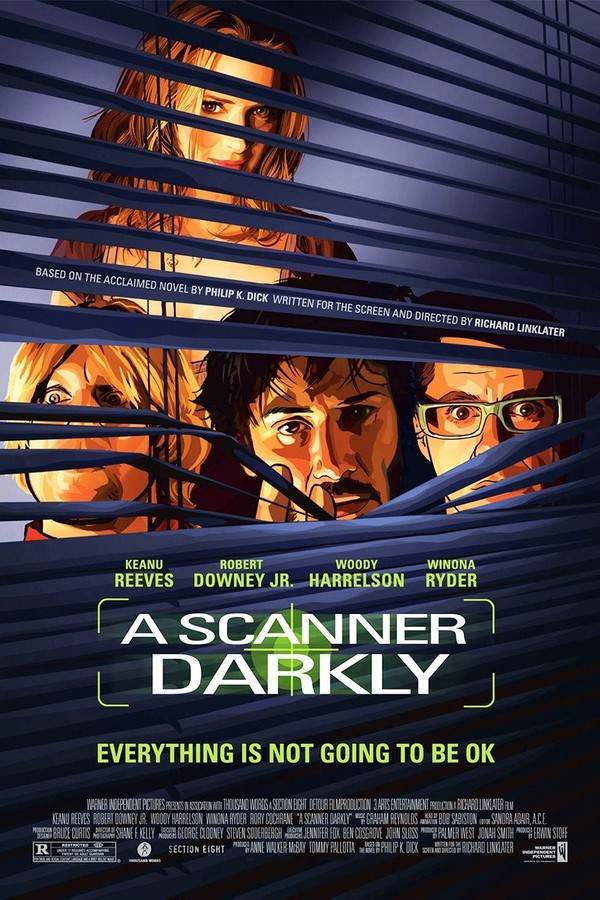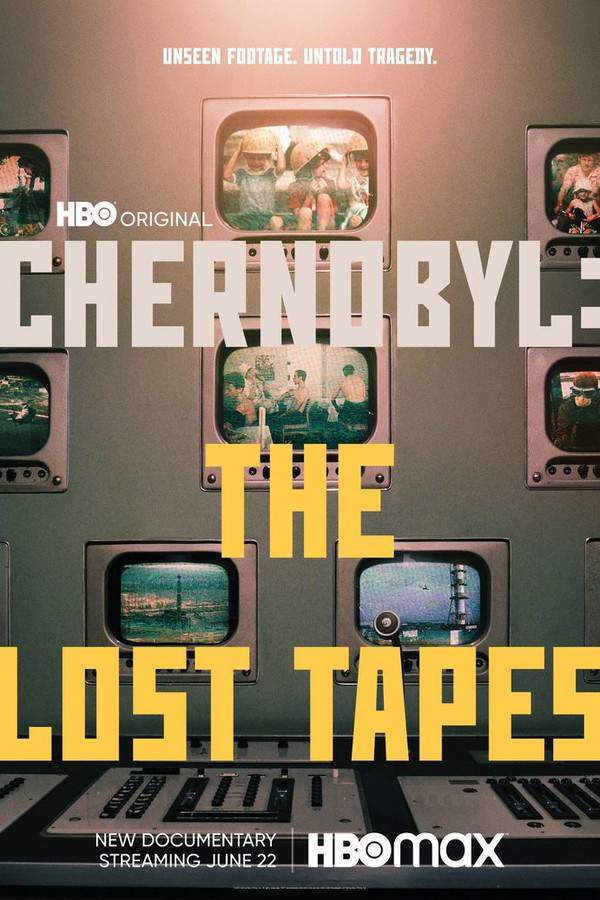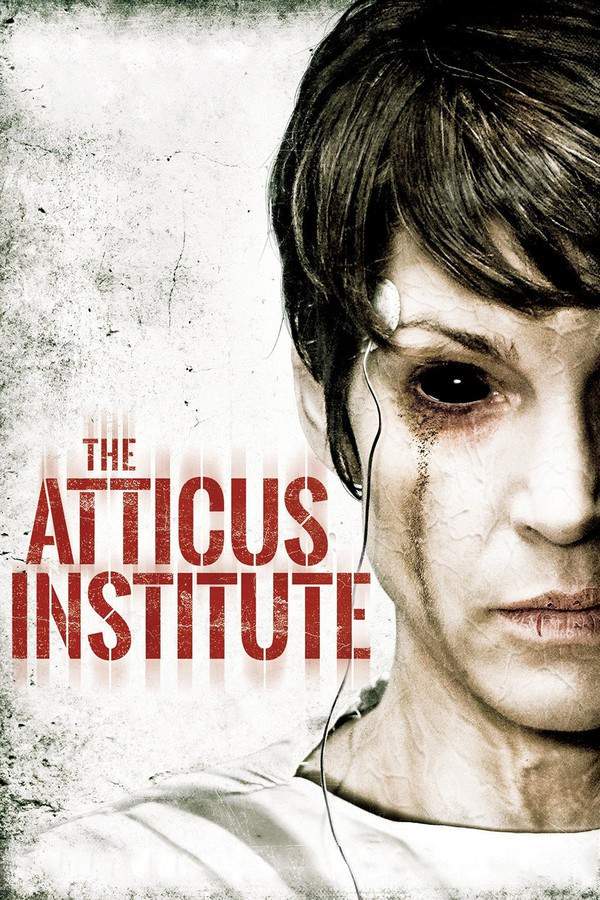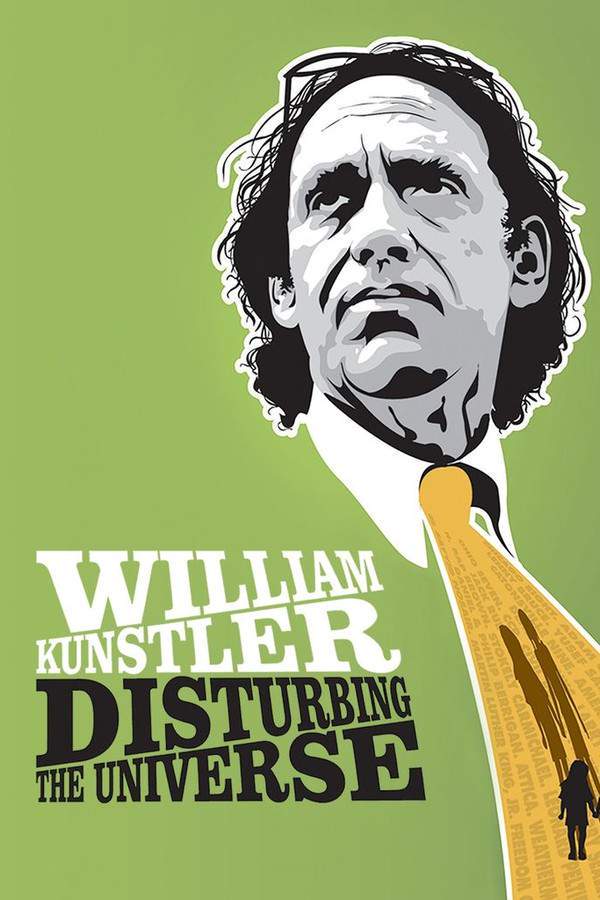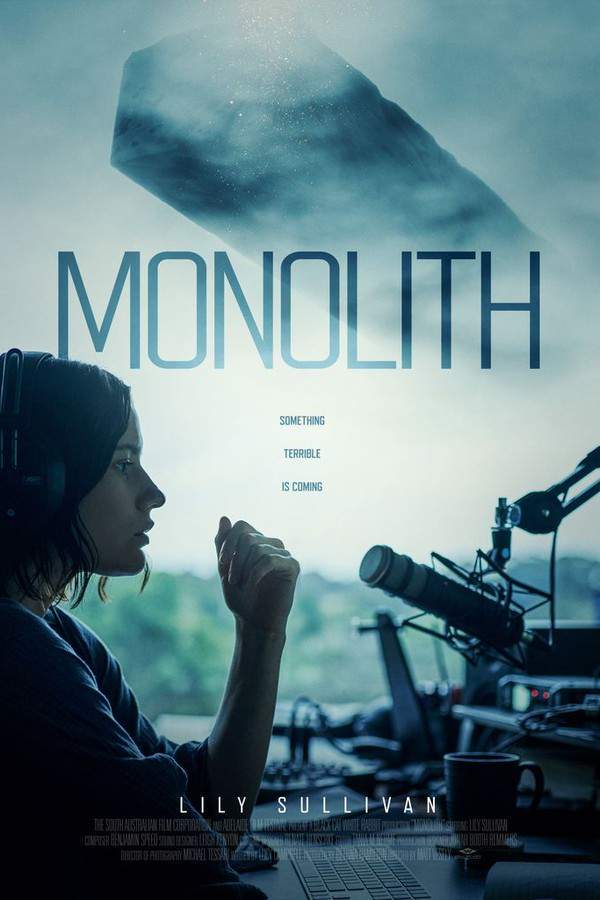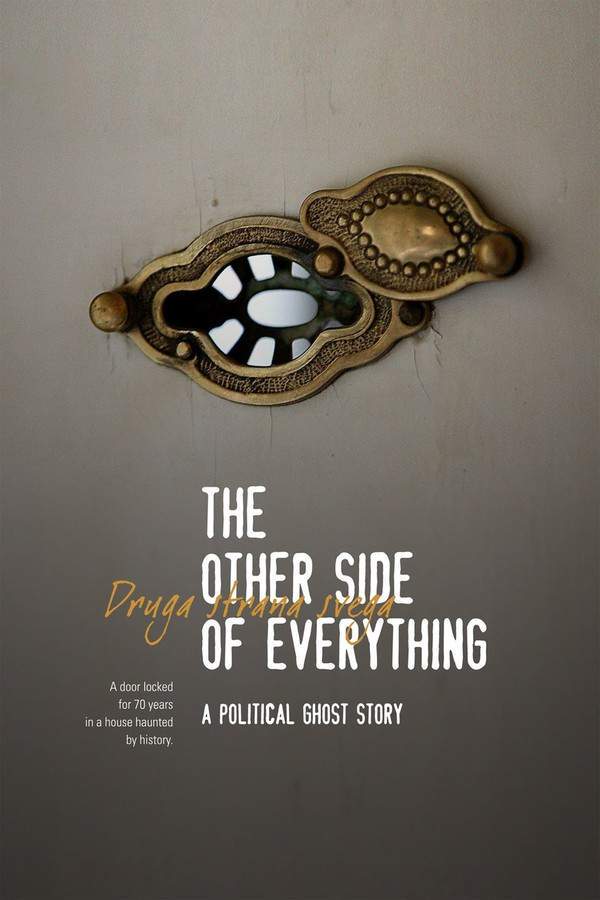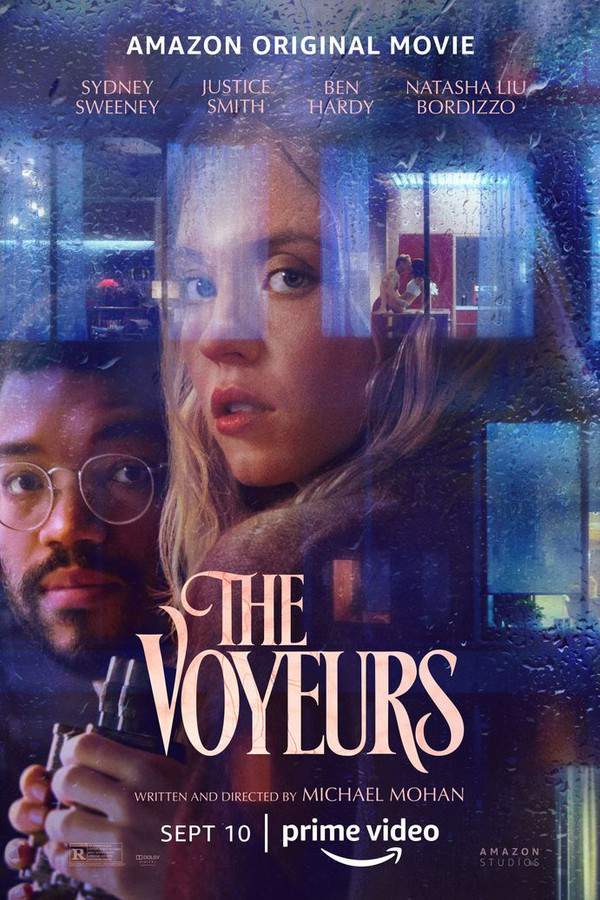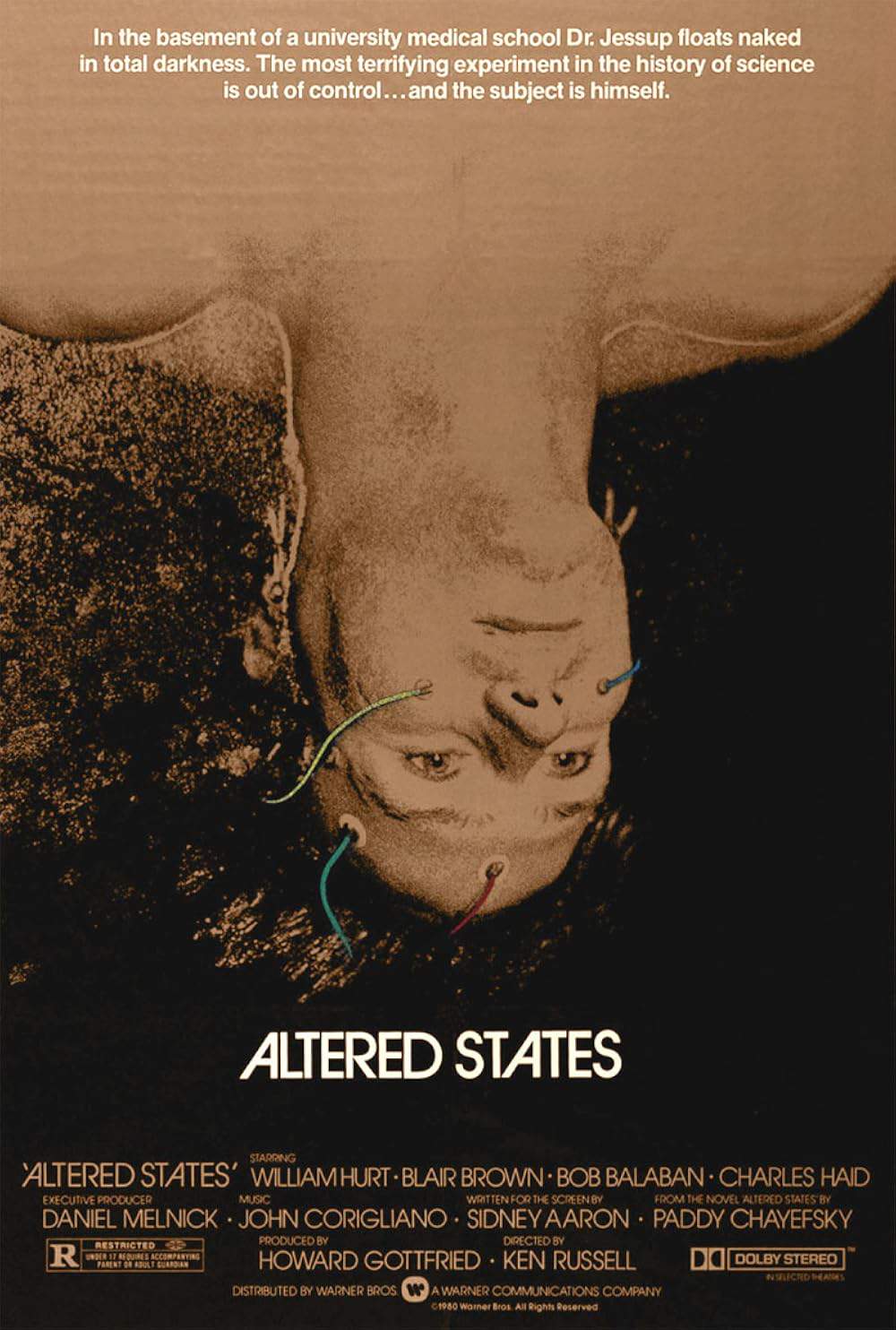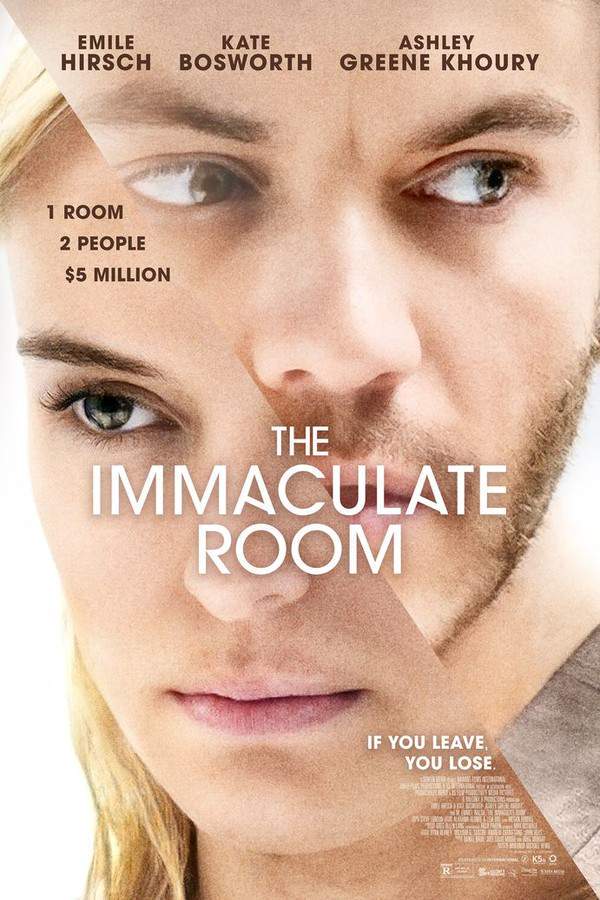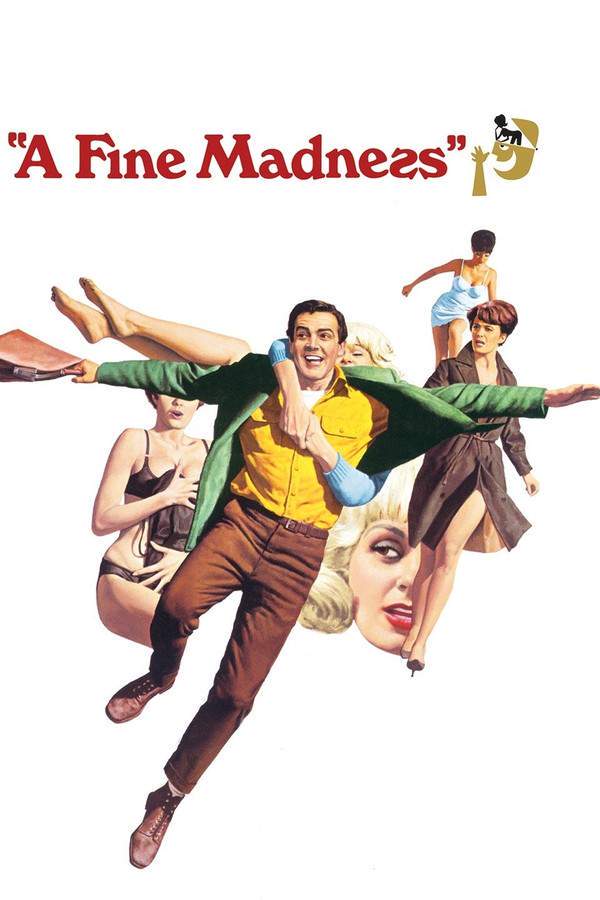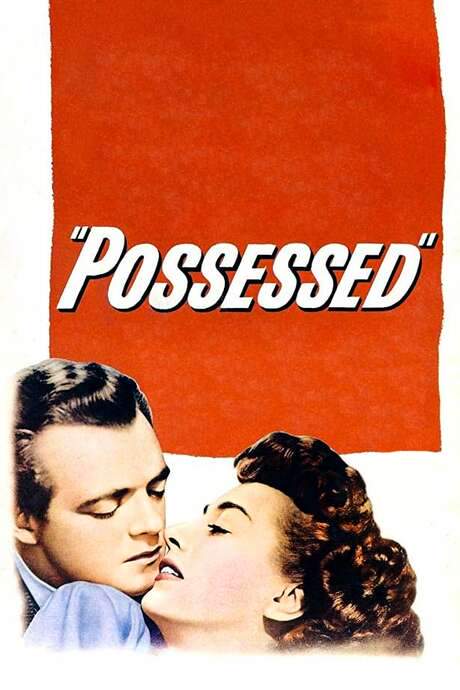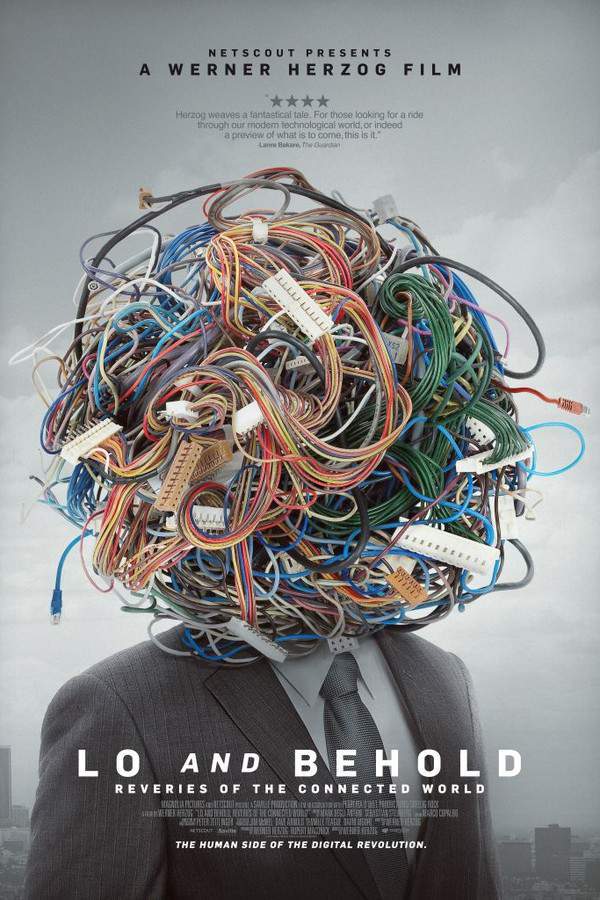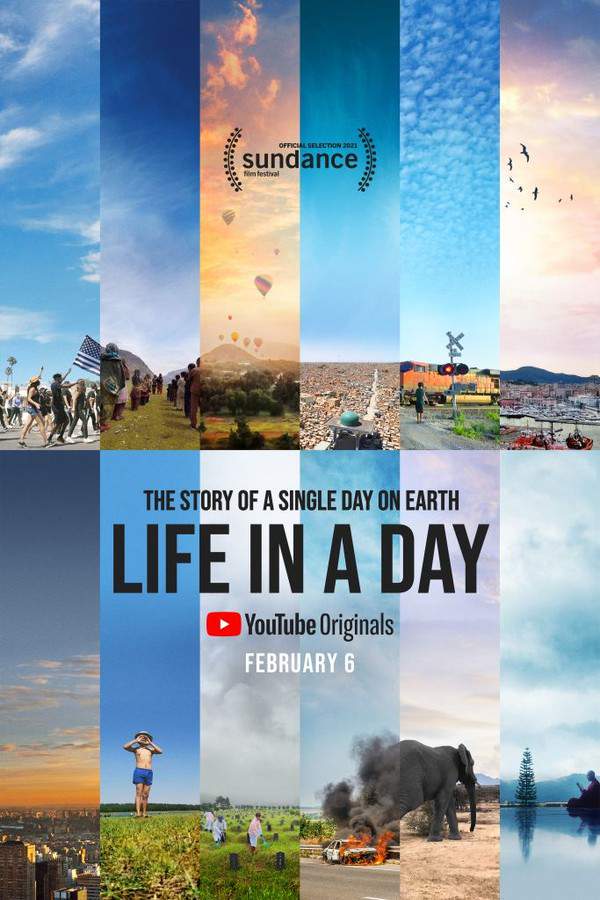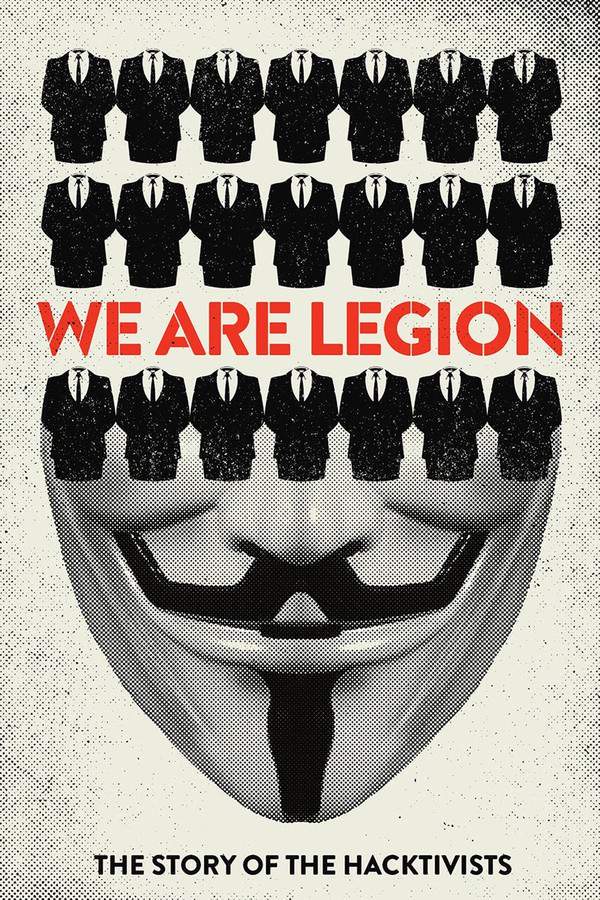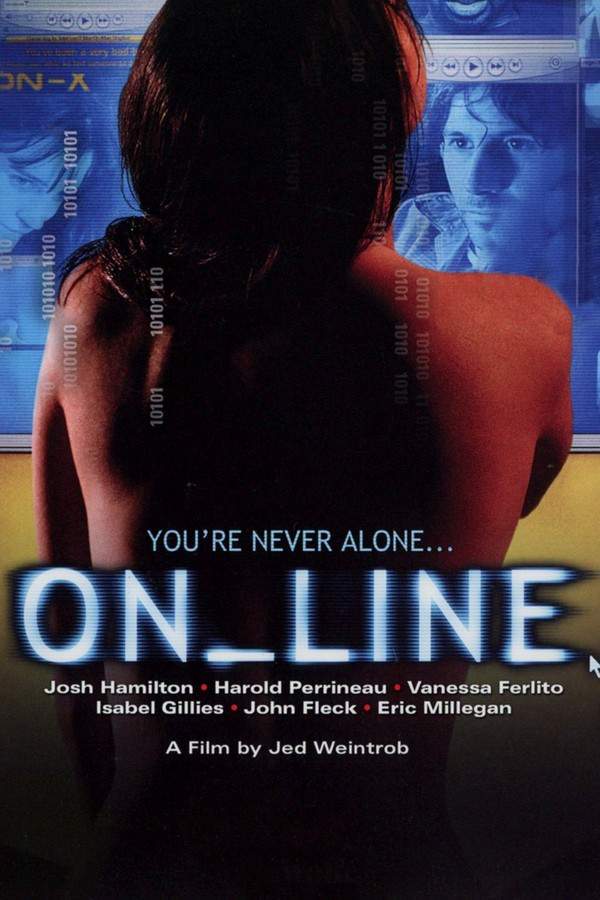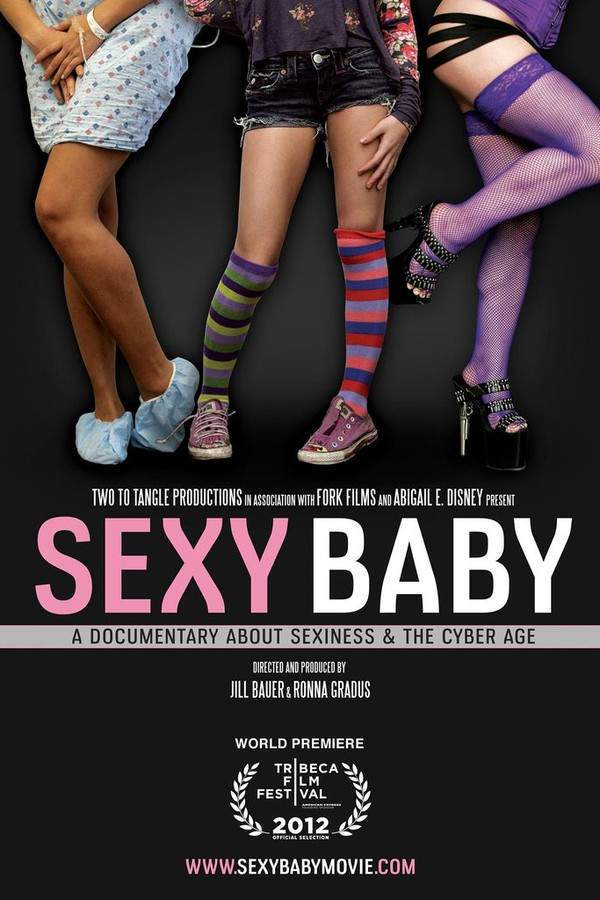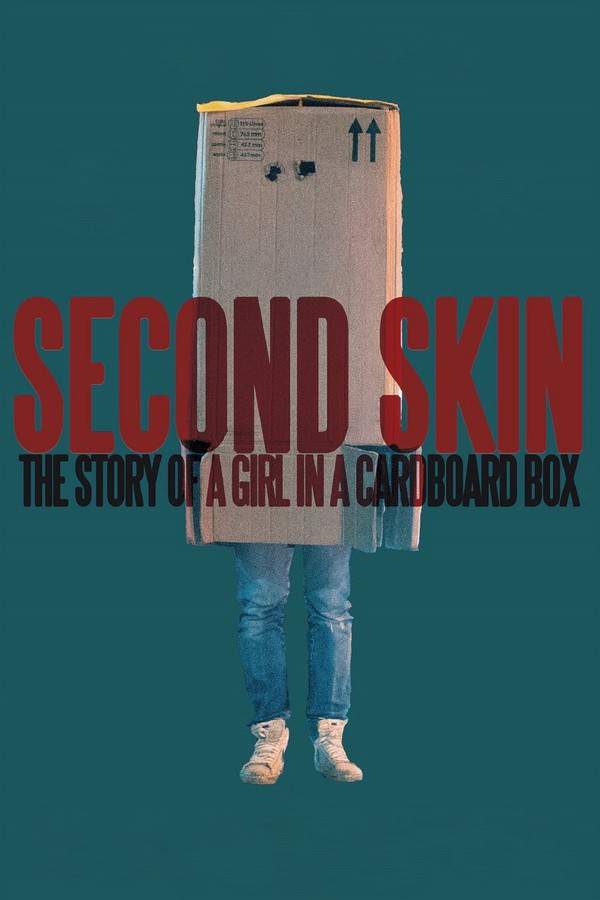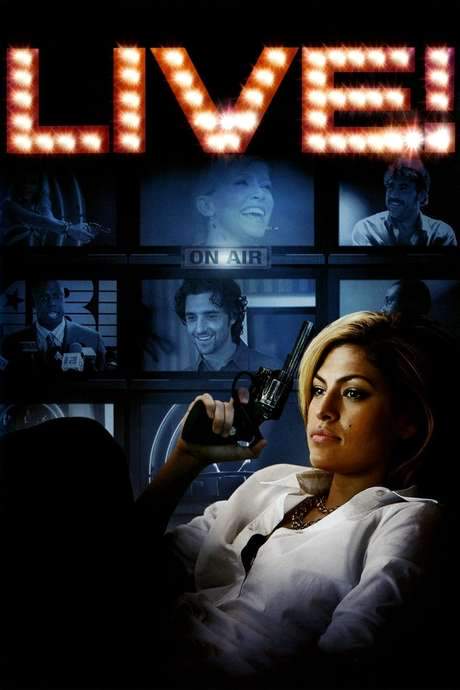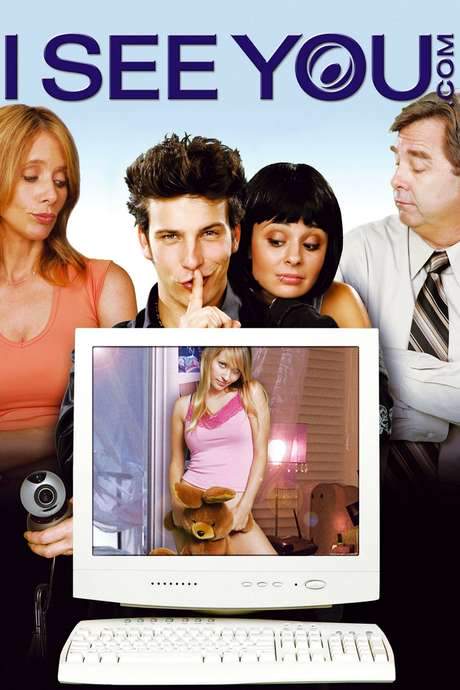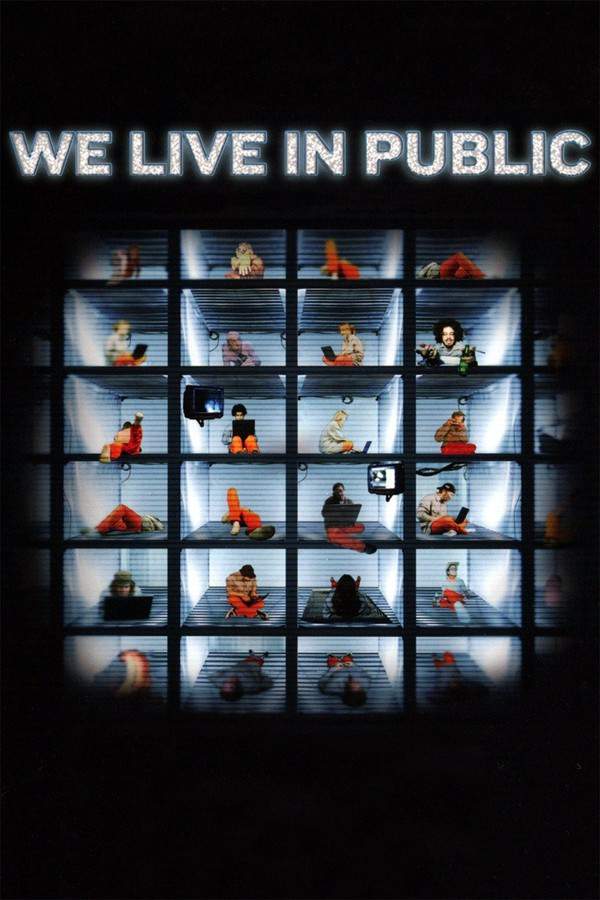
We Live in Public
Year: 2009
Language: English
Director: Ondi Timoner
This documentary follows visionary artist Josh Harris's decade-long experiment of living his life online. Award-winning filmmaker Ondi Timoner chronicles Harris's journey as he immerses himself in the internet, blurring the lines between his digital and physical existence. The film explores the unsettling consequences of our growing dependence on technology and offers a compelling look at the impact of constant online connectivity on identity and relationships.
Warning: spoilers below!
Haven’t seen We Live in Public yet? This summary contains major spoilers. Bookmark the page, watch the movie, and come back for the full breakdown. If you're ready, scroll on and relive the story!
We Live in Public (2009) – Full Plot Summary & Ending Explained
Read the complete plot breakdown of We Live in Public (2009), including all key story events, major twists, and the ending explained in detail. Discover what really happened—and what it all means.
We Live in Public delves into the revolutionary impact of the Internet on human interactions, as experienced by visionary Internet pioneer Josh Harris. Once hailed as the godfather of New York City’s downtown Internet scene during the 90s—famous for his extravagant parties and groundbreaking innovations in chat and streaming audio—Harris now finds himself somewhat of a forgotten figure. His wild experiments with the Internet and how media is consumed pushed the limits too far, leading to his exclusion from the narrative of tech history.
Documented by award-winning filmmaker Ondi Timoner, who has followed Harris’s journey for over a decade, the film chronicles his evolution from a puppet master to someone who became a puppet himself, capturing his rise to riches and subsequent downfall. Timoner’s goal is to portray Josh Harris as a modern-day cautionary tale, one that forces us to reflect on the implications of our growing reliance on media and technology for living, working, and loving.
The narrative tracks the ascent and decline of a man who, as far back as the early ’90s, predicted an existence dominated by online interactions, where individuals voluntarily share intimate details of their lives as fame and significance become readily available—only to find themselves ensnared in virtual confines. Harris envisioned platforms resembling today’s social networks like MySpace, Facebook, and YouTube and created the early companies that would serve as their forerunners. As he insightfully remarked, > “The first guy gets the arrow, the second guy gets the castle.”
Harris, who founded the first Internet market research company (Jupiter Communications) and the first Internet television network (Pseudo.com), candidly shared with his brother the drive behind his ventures: “I have to do this, or someone else will.” At a time when broadband access was minimal—less than 1% of the population—his launch of Pseudo was bold, prioritizing innovation over attainment. Known as the “Warhol of the Web,” Harris has wrestled with his vision of a future where technology molds human interaction and shapes personal identities.
At the emotional core of the film lies Harris’s transformation into a media casualty. Growing up as the youngest of seven and frequently neglected, he found solace in the world of television, which he describes as comprising his formative years. After several successful endeavors during the dot-com boom, he sought to compensate for his lonely childhood by inviting people and cameras into his life, ultimately crafting his own reality.
While the strategies that once vaulted him to fame ultimately propelled him into decline, Harris continued to position himself at the center of an impending reality where public living became the norm. He constructed an underground bunker in NYC at the dawn of the millennium, where over 100 individuals cohabited in a meticulously controlled environment—complete with their own surveillance cameras—subjecting themselves to intense psychological experiences like artillery training and mock interrogations. This venture was famously shut down by FEMA on New Year’s Day 2000, after which Harris pushed the boundaries even further.
Reinventing the experiment, he rigged his loft with 32 motion-sensitive cameras, offering an unfiltered glimpse into his life alongside his girlfriend, Tanya. Their broadcast, weliveinpublic.com, aimed to showcase their lives in real-time for six continuous months, including their hopes to conceive in front of an audience. However, the initiative backfired; the chatters exerted influence over Harris’s world, leading to a disintegration of his relationship and mental stability. After enduring this invasive lifestyle and suffering further losses from the dot-com crash, Harris retreated to an apple farm in upstate New York for five years, seeking solace away from the overwhelming media spotlight that had consumed him.
During this period of exile, Harris’s foresight about digital networking began to materialize in platforms like Friendster, MySpace, and Facebook, which would redefine social interaction. When he returned to the tech landscape with his new project, Operator 11, a platform for online streaming where users could showcase their content, he discovered that YouTube had already dominated the market with its simple concept of “broadcast yourself.”
Having depleted his resources on Operator 11 and left financially vulnerable, Harris disappeared to Ethiopia as the world around him, a world he had brilliantly forecasted, began to accelerate into an era that he had once imagined. Directed by Ondi Timoner, the film offers an immersive exploration of the personal saga of Josh Harris since his peak in 1999. Much like Timoner’s prior works, DIG! and JOIN US, We Live In Public draws viewers deep into a fascinating reality that would otherwise remain hidden. Through an engaging blend of vérité footage and dramatic narrative, the film captures over a decade of rich personal history and offers a visceral journey into a time when technology had yet to dominate our lives, illustrating how we are only beginning to witness the effects of this digital transformation as Harris warns us—we are merely seeing “the smoke on the horizon.”
Last Updated: November 03, 2024 at 22:55
Explore Movie Threads
Discover curated groups of movies connected by mood, themes, and story style. Browse collections built around emotion, atmosphere, and narrative focus to easily find films that match what you feel like watching right now.
Dark Prophetic Documentaries like We Live in Public
Documentaries that serve as chillingly accurate warnings about the future.For viewers who want more movies like *We Live in Public* that function as cautionary tales. These documentaries explore technological and social trends with a dark, critical eye, often predicting future consequences with uncanny accuracy. If you liked the unsettling foresight of this film, you'll find similar stories here.
Narrative Summary
Stories in this thread typically follow a central figure—an inventor, artist, or thinker—whose groundbreaking work reveals a potential dark future. The narrative often documents their rise and the disturbing implications of their ideas, leading to a conclusion that feels both bleak and prescient.
Why These Movies?
These films are grouped together because they share a dark, cautionary tone and a focus on technology or social trends that carry alarming implications for the future. They combine a documentary's realism with the tension of a thriller, creating a uniquely unsettling and thought-provoking viewing experience.
Stories of Obsessive Experimentation and Downfall like We Live in Public
Stories of characters whose radical experiments lead to their psychological undoing.If you were fascinated by the psychological unraveling in *We Live in Public*, this thread collects movies about characters who push boundaries to an extreme. These films explore the heavy cost of obsession, often depicting a brilliant mind's descent as their radical experiment consumes them.
Narrative Summary
The narrative pattern follows a driven individual who designs and executes an extreme personal experiment. As they delve deeper, the initial intellectual curiosity gives way to psychological strain and identity crisis, culminating in a downfall that is both tragic and a direct result of their own creation.
Why These Movies?
Movies in this thread share a high-intensity focus on an individual's psychological journey. They are united by themes of obsession, the blurring of reality and experiment, and a heavy emotional weight leading to a character's profound downfall, creating a compelling and often disturbing arc.
Unlock the Full Story of We Live in Public
Don't stop at just watching — explore We Live in Public in full detail. From the complete plot summary and scene-by-scene timeline to character breakdowns, thematic analysis, and a deep dive into the ending — every page helps you truly understand what We Live in Public is all about. Plus, discover what's next after the movie.
We Live in Public Timeline
Track the full timeline of We Live in Public with every major event arranged chronologically. Perfect for decoding non-linear storytelling, flashbacks, or parallel narratives with a clear scene-by-scene breakdown.

Characters, Settings & Themes in We Live in Public
Discover the characters, locations, and core themes that shape We Live in Public. Get insights into symbolic elements, setting significance, and deeper narrative meaning — ideal for thematic analysis and movie breakdowns.

We Live in Public Spoiler-Free Summary
Get a quick, spoiler-free overview of We Live in Public that covers the main plot points and key details without revealing any major twists or spoilers. Perfect for those who want to know what to expect before diving in.

More About We Live in Public
Visit What's After the Movie to explore more about We Live in Public: box office results, cast and crew info, production details, post-credit scenes, and external links — all in one place for movie fans and researchers.

Similar Movies to We Live in Public
Discover movies like We Live in Public that share similar genres, themes, and storytelling elements. Whether you’re drawn to the atmosphere, character arcs, or plot structure, these curated recommendations will help you explore more films you’ll love.
Explore More About Movie We Live in Public
We Live in Public (2009) Scene-by-Scene Movie Timeline
We Live in Public (2009) Movie Characters, Themes & Settings
We Live in Public (2009) Spoiler-Free Summary & Key Flow
Movies Like We Live in Public – Similar Titles You’ll Enjoy
Human Nature (2020) Full Movie Breakdown
Lo and Behold: Reveries of the Connected World (2016) Full Movie Breakdown
Life in a Day (2011) Story Summary & Characters
We Are Legion: The Story of the Hacktivists (2012) Full Movie Breakdown
On_Line (2003) Ending Explained & Film Insights
Sexy Baby (2012) Film Overview & Timeline
Second Skin (2009) Complete Plot Breakdown
To Live (2003) Ending Explained & Film Insights
Live! (2007) Full Summary & Key Details
I-See-You.com (2006) Full Movie Breakdown
We (1982) Movie Recap & Themes
Web of Make Believe: Death, Lies and the Internet (1000) Full Summary & Key Details
The Idiots (1998) Complete Plot Breakdown
Between Us (1969) Full Summary & Key Details
This Is America (1977) Story Summary & Characters

